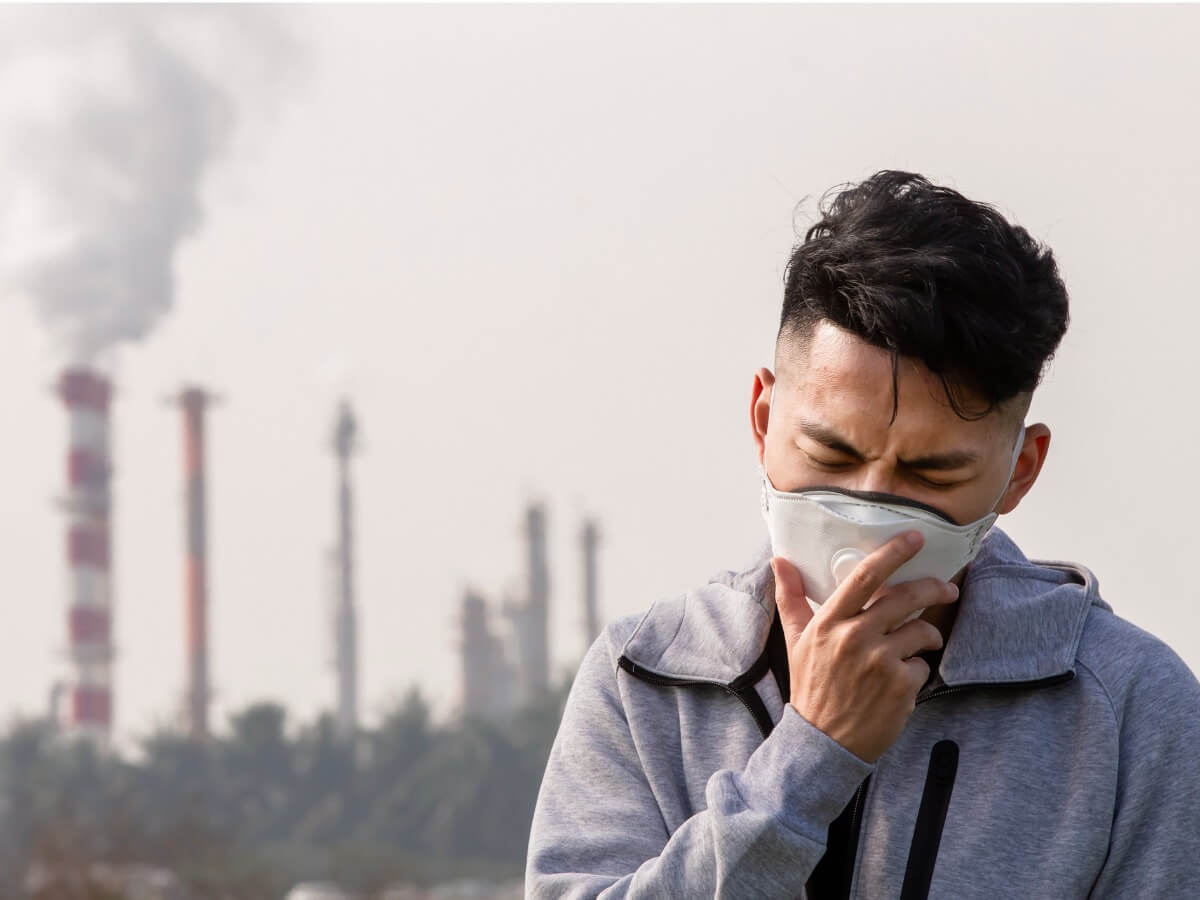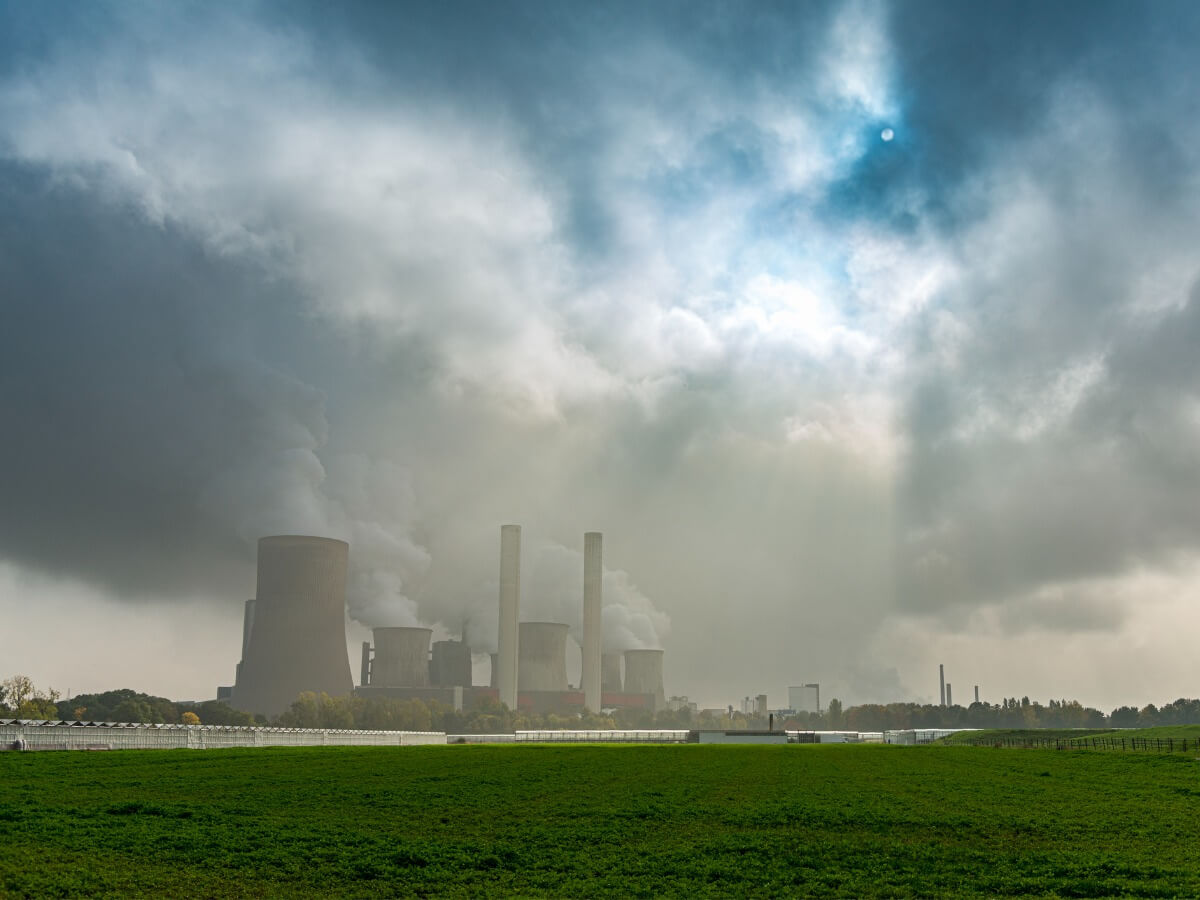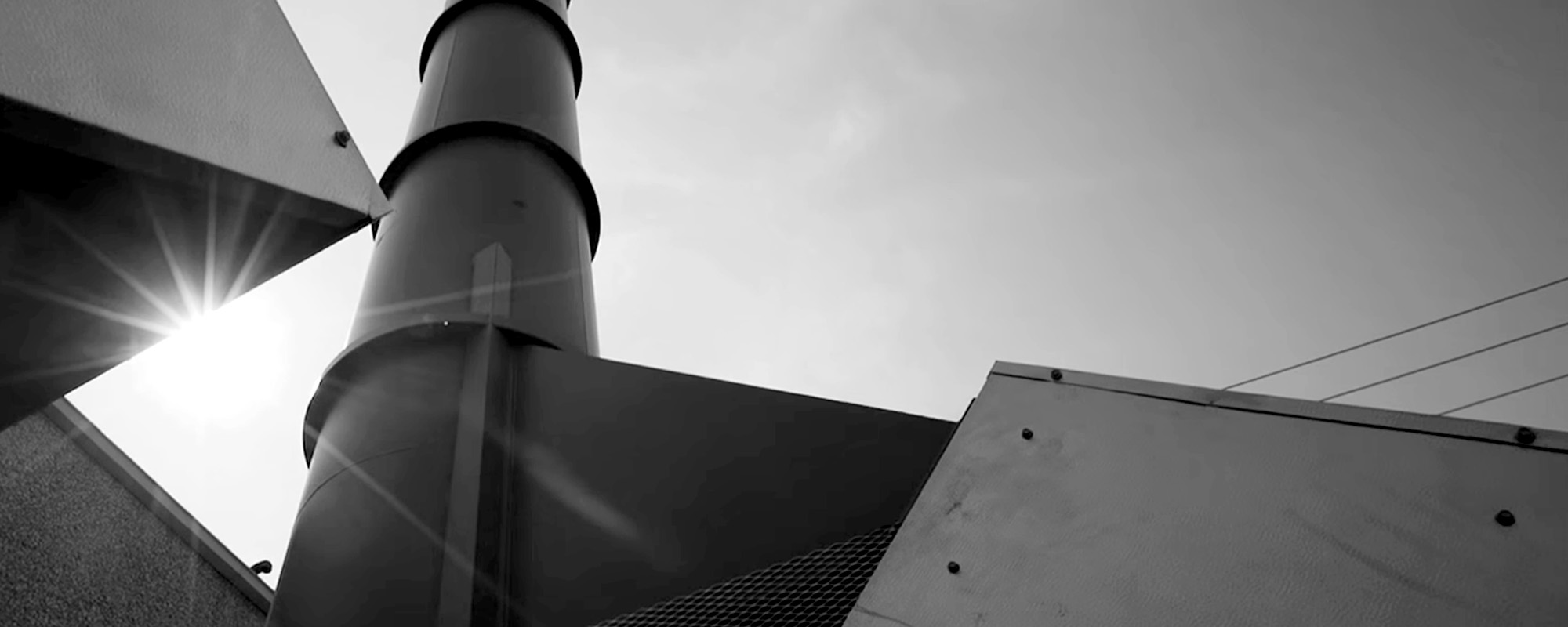Pollutants
Discover common industrial pollutants and the most suitable air abatement technologies for them.
You may know what pollutant you need to abate, but are you familiar with the most effective control technologies available for your process? Our solutions are tailored to your unique operating conditions and production needs – we work to fully understand your process and emission control requirements so that you can make a purchase that is long-lasting and reliable.
Click your pollutant below to understand the best-suited air pollution control options for it.
Capable of Handling Many Pollutants Through our Diverse Product Line
Don’t see your pollutant listed? Contact our sales team directly so we can understand your unique needs and determine the most suitable solution for your application.





